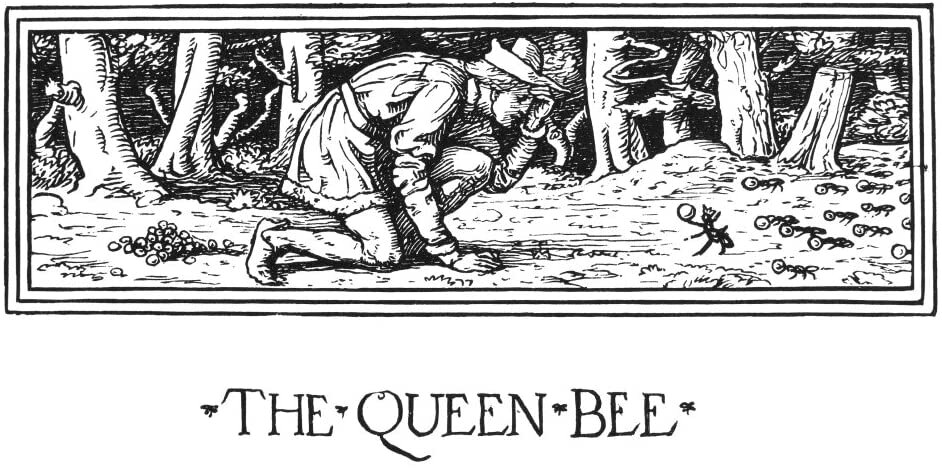10 Fairy Tale Tropes and Clichés
Even if you’ve only read a handful of fairy tales, it doesn’t take long to notice there are certain recurrent themes.
I’ve never made notes of these themes while reading fairy tales like Grimm’s or by Andersen or Perrault, but I’ve been subconsciously aware of them when working on fairy tale retellings.
So, here, in no order whatsoever, are 10 (of many!) tropes and clichés found in fairy tales.
Pretty/handsome characters are good; ugly ones are bad.
All the protagonists are beautiful and handsome, and you know things will work out for them, no matter how dire. When you come across an ugly character, you can be sure they’ll come to a bad end.
A wished-for child by a childless couple.
Usually the couple is much older and when they are blessed with a child, it turns out to be a strange one, like ‘Thumbelina’.
Thumbelina by Eleanor Vere Boyle (Wikimedia Commons)
Parent having to give up a child as payment.
In exchange for being allowed out of a bad situation, the parent agrees to give up the first thing they see when they arrive home, which always ends up being the favourite child, as in ‘Beauty and the Beast’.
‘Beauty and the Beast’ by Warwick Goble
The evil woman – stepmother, queen, witch.
Stepmothers are always evil. Every single time. Yet, evil stepfathers don’t seem to feature.
The queen is usually evil too, most especially if she’s the hero’s mother.
And the witch – not just evil, but wickedly so. Always.
The queen in Snow White (Wikimedia Commons)
The animal that’s helpful.
At some point in the story, the hero (usually) comes across an animal in need of help and he duly rescues it. Later in the story, that same animal will appear in the nick of time to give the hero much-needed assistance. In ‘The Queen Bee’, it’s not only one animal but three lots that help the hero – ducks, ants and a queen bee.
‘The Queen Bee’ by Walter Crane
Love at first sight, and it’s always true.
The moment the hero and heroine clap eyes on one another, they know instantly they’ve found ‘the one’! Take your pick for this one – ‘Sleeping Beauty’; ‘Rapunzel’; ‘Snow White’…
‘The Sleeping Princess’ by Viktor Vasnetsov
The youngest is always the best.
Be it boy or girl, royal or commoner, if there are multiple siblings in a family, it’s always the youngest who features as the hero/heroine, the one who will put things right. In ‘The Black Bull of Norroway’, a washerwoman’s youngest daughter (of 3) is the one who saves the black bull from the witch’s curse.
‘The Black Bull of Norroway’ by Henry Justice Ford
The royal wedding.
The main character will usually end up marrying a royal, as ‘Cinderella’ did.
‘Cinderella’ by Ruth Sanderson
Heroes’ true identity concealed.
Heroes, usually royals, grow up as peasants with no idea as to their real identity. And when they return to claim the throne, miraculously they rule peacefully even though they spent their formative years tending livestock!
The villain chooses their own death sentence.
In the mistaken belief they’ve fooled everyone, when asked what sentence they would deal a person who’d committed the crime they themselves are truly guilty of, they merrily describe a horrible punishment. At which point their true identity is revealed and they are subjected to that same punishment. In ‘The Goose Girl’, when the guilty lady-in-waiting is asked what should be done to a person who has deceived the royal family and everyone else, she answers that the guilty person deserves to be put naked into a barrel lined with sharp nails to be pulled by two horses up the street until she is dead. And that is exactly what happens to her.
‘The Goose Girl’ by Heinrich Vogeler (Wikipedia)
This list isn’t exhaustive by any means. Which ones are your favourites? Which do you find annoying?








